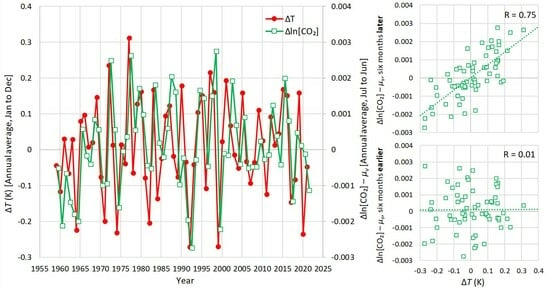by P. Homewood, Dec 1,2023 in NotaLotofPeopleKnowThat

As for predictable, do they take us for fools? After 27 previous Cop conferences we knew how this pantomime in Dubai would go.
Breakthrough! Deep into their umpteenth sleepless night of hard bargaining, the delegates at the Cop28 meeting in Dubai managed to upgrade a verb in their final deal.
Instead of saying nations ‘could’ take action, the agreement ‘calls on’ them to take action. Incredible! Cue rapturous applause and a standing ovation as representatives from 197 countries approved the historic ‘UAE Consensus’ on climate change.
‘There’s stronger verb forms but I think it does send a strong signal nonetheless,’ crowed a delegate from the World Resources Institute.
This verb miracle — alongside language about ‘transitioning away from fossil fuels in energy systems [electricity, heating, transport and industry] in a just, orderly and equitable manner’ — is as futile as it was predictable. It’s futile because it will lead to the cancellation of precisely zero coal-fired power stations or oil-exploration plans.
China and India, despite spouting the Cop catechism, are between them approving the equivalent of a new coal plant every two or three days.
In America, which led calls to transition away from fossil fuels, oil and gas production has never been higher: it now produces far more oil than Saudi Arabia. Brazil — while demanding the phasing out of fossil fuels — plans to become the world’s largest oil producer by 2030.
Hypocrisy is too feeble a word for this gap between preaching and practice.
…
…
In the year 2000, according to the Energy Institute Statistical Review of World Energy, 84 per cent of the world’s primary energy came from fossil fuels. Last year, after 23 years of transitioning away from fossil fuels — and 27 interminable Cop conferences since 1995 — that number was… 82 per cent. At this rate it will take us till the year 3909AD to give up fossil fuels. No wonder a large chunk of the population thinks these talks are futile nonsense


